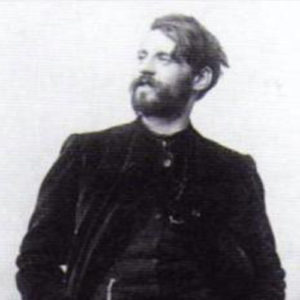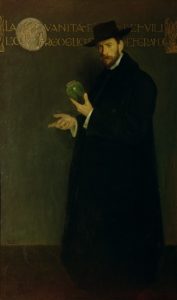
1873 - 1956
Galileo Chini
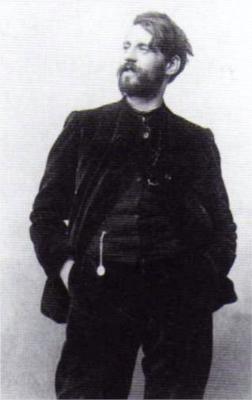
description
Key Ideas:
– The artist’s work is a vivid example of Italian Art Nouveau or “liberti”, as it was called in this country. The works of Galileo Chini are distinguished by the richness of decorative elements, ornamentality, flowing lines and intricate patterns, which is typical for this style.
– Pictures of the Italian artist have nothing to do with everyday life and drab existence: they are sublime and full of romance. The favorite themes of the artist were mythological subjects, nature and universal concepts, such as love, spring, life and death. On the paintings of Chini, there are often allegorical images and symbols, a vivid example of which are the panels “Spring” for the Venice Biennale, where young and beautiful girls personify the annual revival of nature.
– Galileo Cini was a versatile creative person. In addition to paintings, he created a design for ceramic dishes and vases, which is distinguished by its unique refinement, painted monumental wall panels, frescoes and mosaics decorating the public buildings of Florence, Rome and even the distant Siam. These decorative works are characteristic of rhythmic equilibrium, which is created by alternating monochrome surfaces filled with patterns and the harmonious ratio of the figure to the background.
1873
1896
1897
1911
1915
1921
1930
1956
The birth of the artist
Founded the manufactory "Ceramic Art"
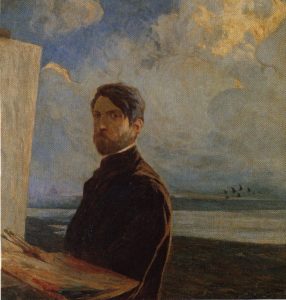
“Fornasi di San Lorenzo”
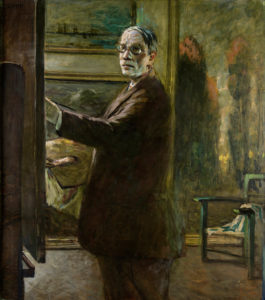
Spent several years in Thailand (Siam)

Taught at the Academy of Fine Arts in Florence
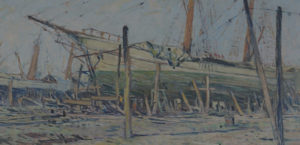
Participated in the First Biennale in Rome
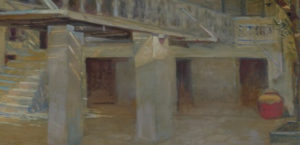
Cheney experienced a deep emotional and creative crisis
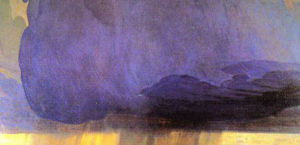
The death of the artist
